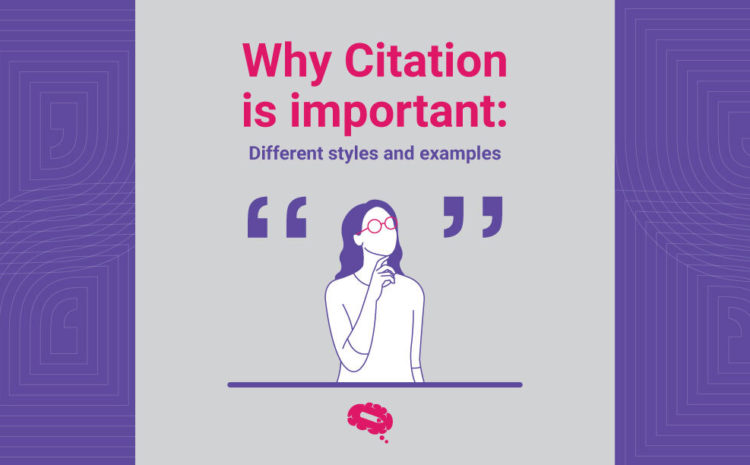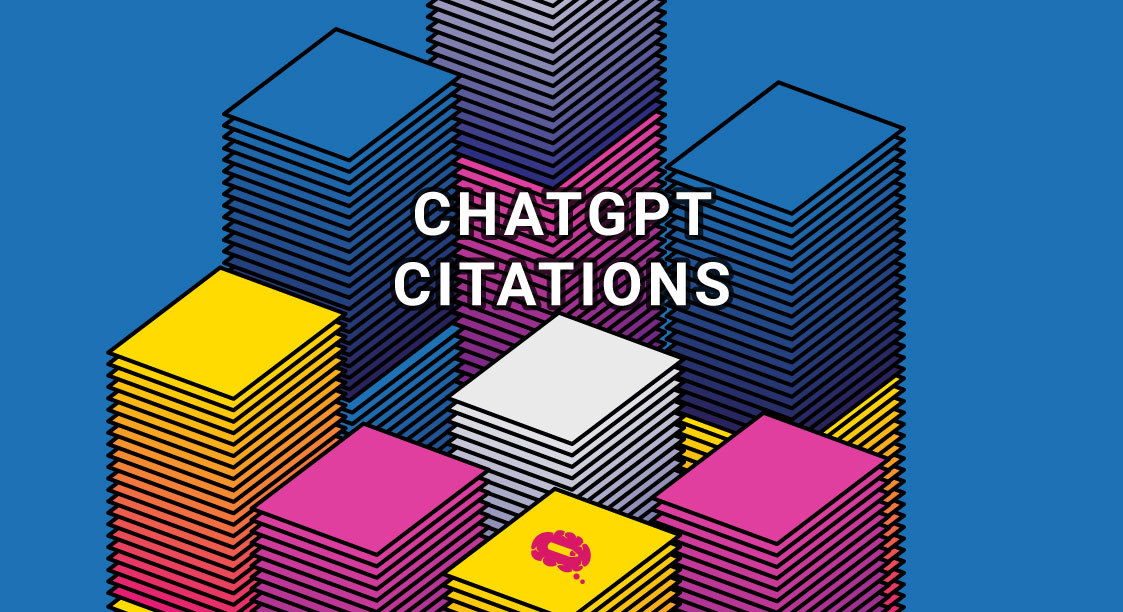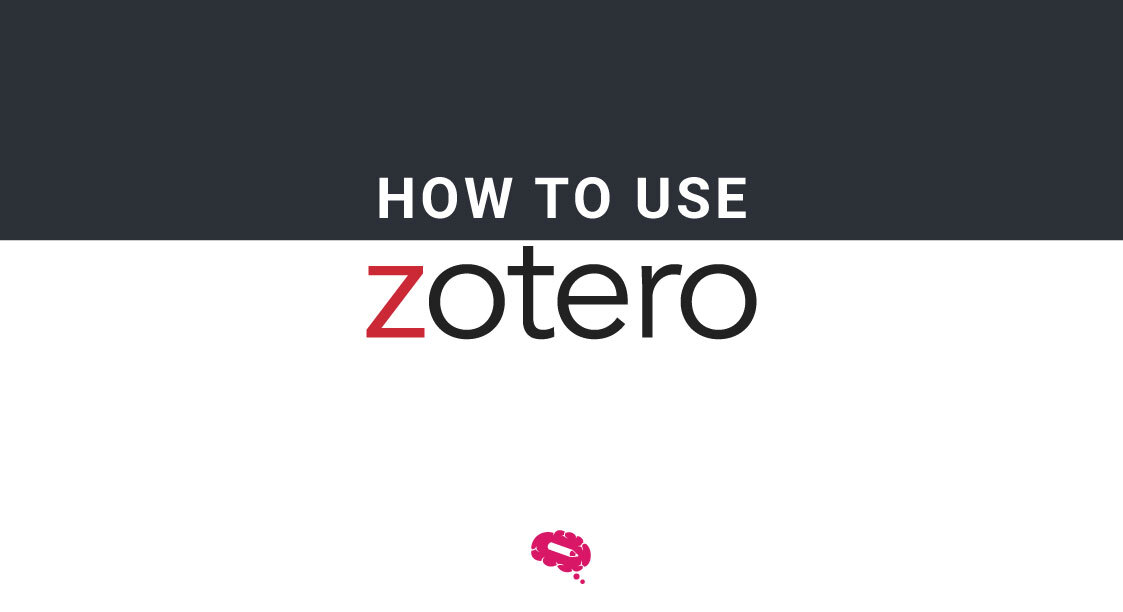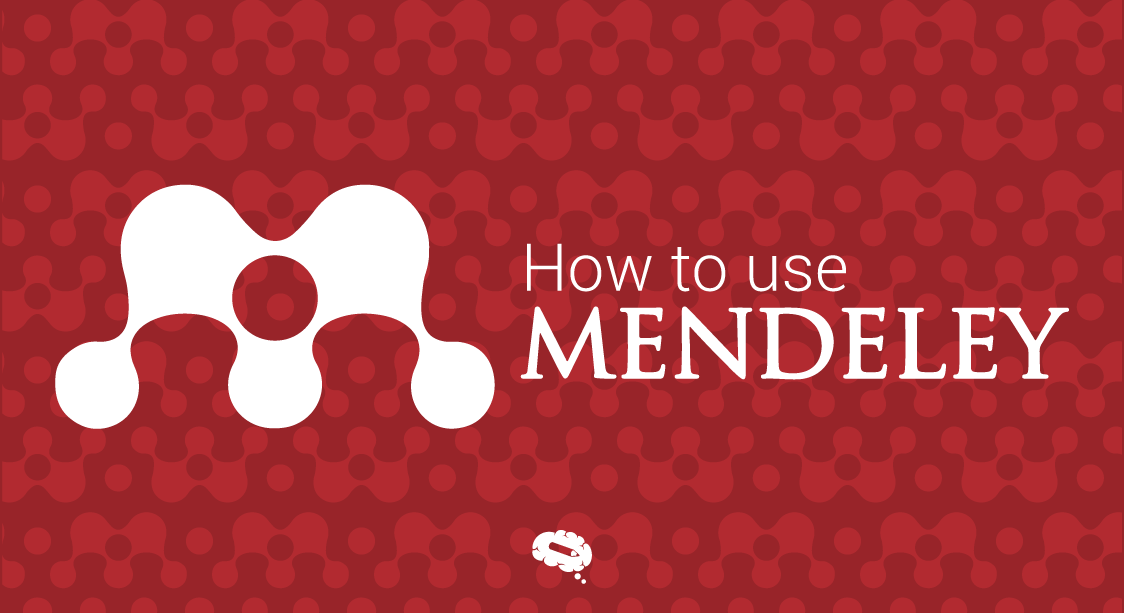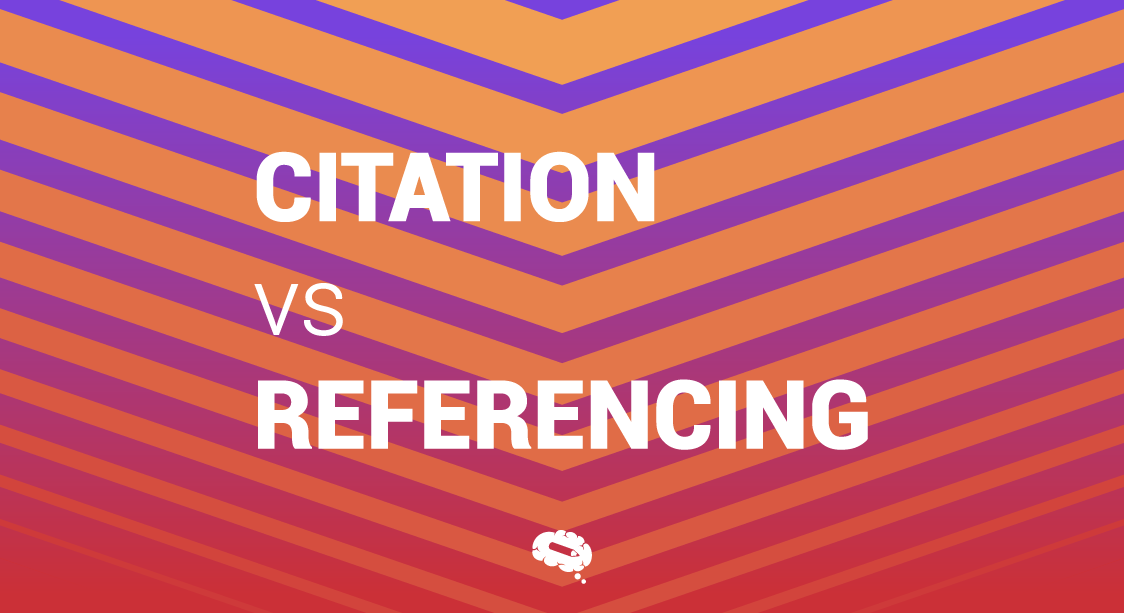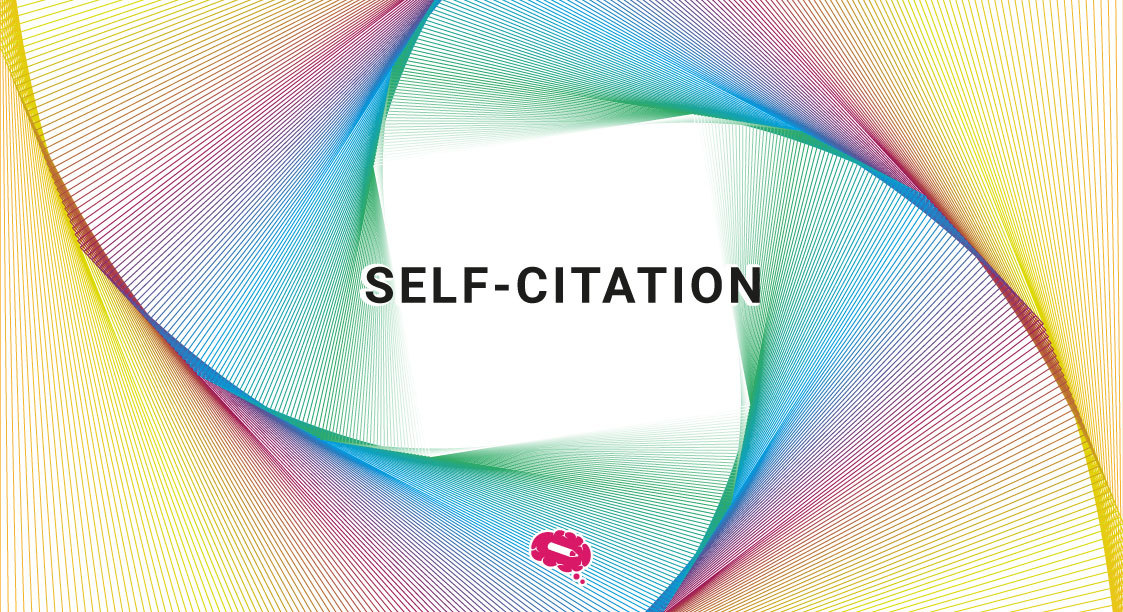To acknowledge the author or source of an idea you have used, you should cite the contributor/author or resource. Even if you do not use their precise words or ideas, citing their names is necessary.
You can help your viewers understand your research by citing your sources and explaining how your research relates to them. Several styles are available for referencing sources. There may be a requirement for using a particular style, or it may be a choice that has been made.
Reference sections are an integral part of the research proposal or scientific paper and should be included. The fact that it’s often listed as one of the last parts of a research proposal checklist does not mean that you should ignore it; it just means that you will need to devote a lot of attention to it.
It is possible for a researcher to become confused about which citation formats or styles to use for their research papers.
The purpose of this article is to cover why citation is influential to validating a paper, as well as what are the most appropriate citation styles to use for a scientific research paper, journal article, or a master’s or doctoral dissertation.
We have also included the tools that can make this process much more convenient and user-friendly as well as providing an easy way to accomplish it. We are now ready to get started!
What Makes Citations So Important?
In any kind of writing, accuracy is a very important consideration, particularly when we are writing about science. This is where citation comes into play.
Taking the time to look up a reference for the purpose of confirming its accuracy serves as a measure of assurance. There are a number of reasons why citing your sources is so important. We’ve gathered a list of a few of the most significant reasons.
1. Check For Accuracy
The final draft of any academic paper gets reviewed several times before it can be published or uploaded online. Especially for peer reviewers, editors, and editorial assistants whose job is to track down sources in bibliographies and verify their accuracy, keeping an eye on the content of a source and ensuring that it is acknowledged is important.
You’re more likely to have your work published sooner if you have taken the time to properly give credit to information and cite all your sources when you submit.
2. A Reliable Writing Practice
A quality research project will be characterized by detail-oriented research that results in the ability to discern themes and draw conclusions between them.
A good citation policy will help you to write a good research paper and get the results you want. It is important to be precise when attributing sources, which includes date, numbers and correct spellings of author names, as well as being accurate with the data you present in your article.
Having focused methods that are focused on details in one aspect of your research automatically affects your entire research process. As far as recognizing trends and regularities is concerned, a good reference library prepares you for this skill, especially important for scientific research. Its condensed nature makes it easy to absorb a large amount of information.
3. What Makes A Good Researcher
We all strive to write an impressive paper that can make us stand out among the other researchers. To achieve this goal, we need good citation habits, compelling arguments, and all of these things go hand in hand.
We can turn academic negligence, vague thinking, and blatantly false assertions into much more well-researched topics when we cite concrete sources to back up the information we present.
Research is supposed to ensure that all the information is easily understood by the audience and that all information is accurate. It leaves no doubt regarding the authenticity of your point in an audience’s mind when you adequately cite sources.
As an added bonus, citing enables active writing and helps avoid raising the suspicion of the argument. Cite the sources accurately, and you may be able to generate a well-credentialed paper.
So, Citation is influential because of these three factors. Almost all research or discoveries are based on previous ones or improvements over them. As a continuation to the previous point, it is equally important to cite the right appropriate source names.
Scholarly citations are, in fact, the cherry on top of an article with high citations. Bibliographies also provide a means to elicit credibility in a researcher’s field. Your work will be accepted as more legitimate by your peers in science if your research and arguments are well-supported.
Different Citation Formats And Examples
There are quite a few different citation formats available for research papers, so do you have any idea which ones are most widely used specifically for science papers? We have compiled a list of the most common styles of citation in science in order to make your paper easier to write and read. The style descriptions offer insight into how the style is used and written.
A citation mark uniquely identifies one or more published works such as books, articles, chapters, or websites. Those who have authored these works are listed in bibliographies. Articles and journal databases also include them.
There are several standard components to citations, including the following information so that publications can be identified:
- The names of the authors
- Book titles, article titles, and journal titles
- The publication date
- References to pages
- Identifying volumes and issues (for articles)
In this section, we will explore how the above elements are put together, and how the different types of citations work.
#1 APA
The APA citation format, also known as the American Psychological Association style, has mainly been used in education, social science, psychology, and engineering. In-text citations and a reference list are the two parts of the APA citation format.
As an example, you could use the following format: XYZ 2022, which refers to an author-date style, which gives a writer’s last name and the year of publication as an in-text citation. Citations in-text point readers to the reference section at the end of the paper, which contains information about all sources cited.
Reference List example:
“Pamplona, F. A., Prediger, R. D., Pandolfo, P., & Takahashi, R. N. (2006). The cannabinoid receptor agonist WIN 55,212-2 facilitates the extinction of contextual fear memory and spatial memory in rats. Psychopharmacology, 188(4), 641-649.”
From the aforementioned example, we see that the author’s name follows the year of publication and, of course, the title of the article.
In-text Citation example:
“Accelerated by CB1 agonists or cannabinoid reuptake inhibitors (Chhatwal et al, 2005a; Pamplona et al, 2006).“
This is an in-text citation that includes the author and the year of publication(cited in parentheses using the Author-Date format). Citations in science are typically made using APA format.
Also read: Everything You Need To Know About APA Formatting
#2 MLA Style
Writings in the humanities are commonly formatted in MLA (Modern Language Association) style by students and authors. This style is commonly used in disciplines such as cultural studies, language, literature, and theoretical studies. It is uncommon for scientific papers to be cited using the MLA format.
MLA format may, however, be used for papers and books cited in the social sciences or in the humanities. It is therefore useful to be knowledgeable about MLA format.
Reference List Example:
“Homburger, Julian R., et al. “Genomic insights into the ancestry and demographic history of South America.” PLoS genetics 11.12 (2015): e1005602.“
In-text Citation Example:
“Currently, many population-genetic studies only carry out one run of clustering inference per value of K (Homburger et al)…”
Also read: A Writer’s Guide to MLA Format: How to Get It Right
#3 Chicago
A popular form of citation in science is the Chicago style. In comparison to other styles, its format is slightly more intricate, offering two formats: notes and bibliographies, and author-dates. In humanities, notes and bibliographies are mostly used. While, in science, author-dates are most commonly used.
Reference List Example:
“Homburger, Julian R., Andrés Moreno-Estrada, Christopher R. Gignoux, Dominic Nelson, Elena Sanchez, Patricia Ortiz-Tello, Bernardo A. Pons-Estel et al. “Genomic insights into the ancestry and demographic history of South America.” PLoS genetics 11, no. 12 (2015): e1005602.“
In-text Citation Example:
“Currently, many population-genetic studies only carry out one run of clustering inference per value of K (Homburger et al., 2015)…”
Also read: Chicago Style Citation Made Easy: Formatting and Examples
#4 Vancouver Style
Many journals and institutions in the medical field use the Vancouver Style, which uses a standardized author-number system. This style differs from the others by using square brackets to enclose the number [ ] within an in-text citation. In the reference list at the end of the paper, bracketed numbers direct the reader to the relevant cited source. It’s pretty much similar to IEEE format.
Reference List Example:
“[1] : Pamplona FA, Prediger RD, Pandolfo P, Takahashi RN. The cannabinoid receptor agonist WIN 55,212-2 facilitates the extinction of contextual fear memory and spatial memory in rats. Psychopharmacology. 2006 Nov;188(4):641-9.”
In-text Citation Example:
“….accelerated by CB1 agonists or cannabinoid reuptake inhibitors[1]”
#5 CSE
Physicists and biologists use the CSE or Council of Science Editors style as a preferred format to cite. Citation lists, instead of bibliographies, are used in CSE style. Citation systems within this style include sequence, name-year, and name-citation.
- Name-year: Write the author’s last name and the year of publication in parentheses, then include a bibliography at the end of the paper with a complete list of references.
- Citation-Sequence: Each source is cited in the text by a superscript number. All numbers appearing in the text are listed in the bibliography in the order they are cited in it.
- Citation-Name: There is an alphabetical list of references by author’s last name; each name has a number that can be inserted as an in-text reference. In the superscript, mention the appropriate reference number. If you use a graph, diagram, or illustration from a source that is also in the text of your paper, place the superscript number in the caption.
Reference List Example :
“Pamplona, F. A., Prediger, R. D., Pandolfo, P., & Takahashi, R. N. (2006). The cannabinoid receptor agonist WIN 55,212-2 facilitates the extinction of contextual fear memory and spatial memory in rats. Psychopharmacology, 188(4), 641-649.”
In-text Citation Example:
“….accelerated by CB1 agonists or cannabinoid reuptake inhibitors (Pamplona, F. A., Prediger, R. D., Pandolfo, P., & Takahashi, R. N. 2006)
The authors are listed alphabetically with the year of publication after their names.
Also read: The Essentials of CSE Style: A Guide to Scientific Communication
#6 IEEE
Engineering and science papers should be cited according to the IEEE or Institute of Electrical and Electronics Engineers style, which is modeled on the Chicago citation style. An in-text citation for this style is given as a number enclosed in square brackets. Reference list entries at the end are identified by this number.
Reference List Example:
“ [1] : Pamplona, F. A., Prediger, R. D., Pandolfo, P., & Takahashi, R. N. (2006). The cannabinoid receptor agonist WIN 55,212-2 facilitates the extinction of contextual fear memory and spatial memory in rats. Psychopharmacology, 188(4), 641-649.”
In-text Citation Example:
“….accelerated by CB1 agonists or cannabinoid reuptake inhibitors[1]”
Also read: Mastering IEEE Citation Format: A Comprehensive Guide
#7 AIP
It is known as the AIP style, or the American Institute of Physics style, and is commonly used in physics and astronomy publications. Citations within this style are numbered, with superscript numbers showing in-text citations. You’ll find the numbers in a list at the end of the paper with the complete author name and title.
Example:
“A similar study was carried out in 1977¹ “
“1: Berg, Howard C., and Edward M. Purcell. “Physics of chemoreception.” Biophysical journal 20.2 (1977): 193-219.”
#8 ACS
For chemistry, the ACS style is the standard. It uses both numbered citations and author-dates. Citations in the text can be written as superscripts or italics. As for the author-date, it is based on the author’s surname and publication date. In both cases, a list of references follows the author.
Example:
“(1) Mater, A. C.; Coote, M. L. Deep Learning in Chemistry. J. Chem. Inf. Model. 2019, 59 (6), 2545–2559. https://doi.org/10.1021/acs.jcim.9b00266.”
Citation Tool To Simplify The Process
Your scientific paper must include a bibliography or reference section, citing all sources mentioned. At the end of your paper, you should give each in-text citation in full, to provide the reader with all the pertinent information.
Any paper, article should include citations as a central element, and publishing houses highly value them. However, it can be tedious and time-consuming to cite according to the requirements of each journal as well as the type of content.
Also read the article: Research Paper: How to Write From Scratch in 5 Easy Steps
Tools like these can help you simplify the process. By using such simple tools, we can make citing an easier task and be able to do it quickly and effectively.
Mendeley
By using Mendeley, you can directly integrate references from your Mendeley library into your Word document, build a bibliography, and change citation styles without leaving your document. Using this tool is very easy, and one can use it to its fullest potential and enhance the process.
You can edit the reference using the attributes panel. As well as providing a prefix/suffix, you can give specific reference attribute values. The author’s name is also optionally suppressed. By the citation style you have chosen, any changes you make to this specific citation will be reflected within your paper.
Also read: How to Use Mendeley: A Comprehensive Guide for Researchers
Zotero
Research collection, organization, citation, and sharing are made easy with Zotero, a free and easy-to-use tool. With it, you can create references and bibliographies directly within any text editor, including Microsoft Word, LibreOffice, and Google Docs. You can format your work using over 100,000 style guides and publications, thanks to the support of over 100,000 citation styles.
A great advantage of Zotero is that your data can be synchronized across devices, so your citations, files, and bibliographic records are always current. Your research will always be accessible from the web if you choose to sync.
Another good thing about this tool is that it lets you work with a colleague to write a paper together. Develop a collaborative bibliography or disseminate course materials. The Zotero library can be shared with as many people as you like, without charge.
See what these amazing tools can do for you to make the most of them. You can make the most of their solutions, and they will certainly be your best citation buddies!
Also read: How to use Zotero: Optimize Your Workflow
Over 75,000 accurate scientific figures to boost your impact
Mind the Graph is a platform that offers a wide range of templates and tools to help researchers create professional and custom designs for their scientific publications. The platform provides a user-friendly interface that allows users to create high-quality scientific graphics without the need for design skills. The platform also provides a vast library of scientific illustrations that are scientifically accurate and visually appealing.


Subscribe to our newsletter
Exclusive high quality content about effective visual
communication in science.

